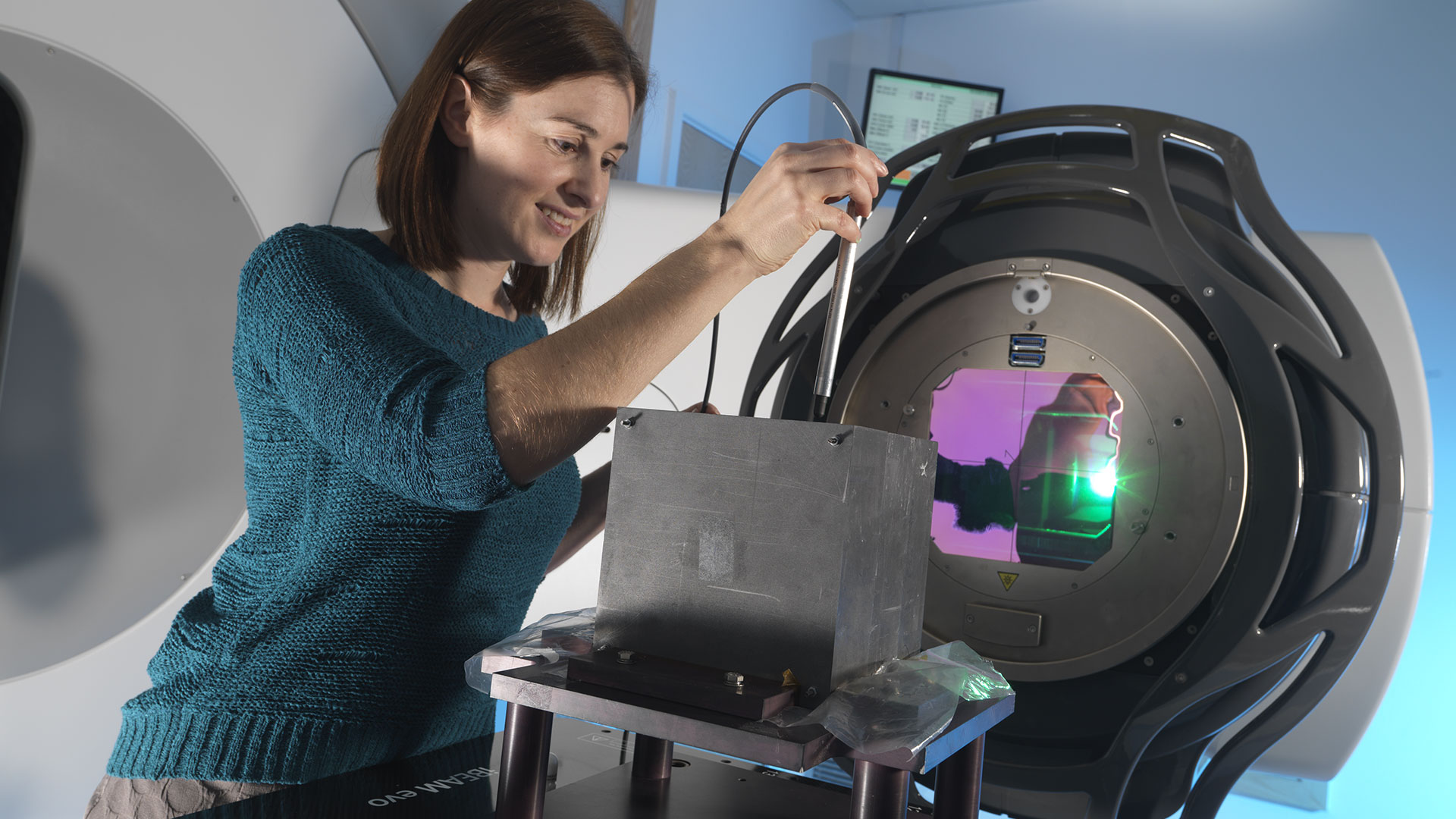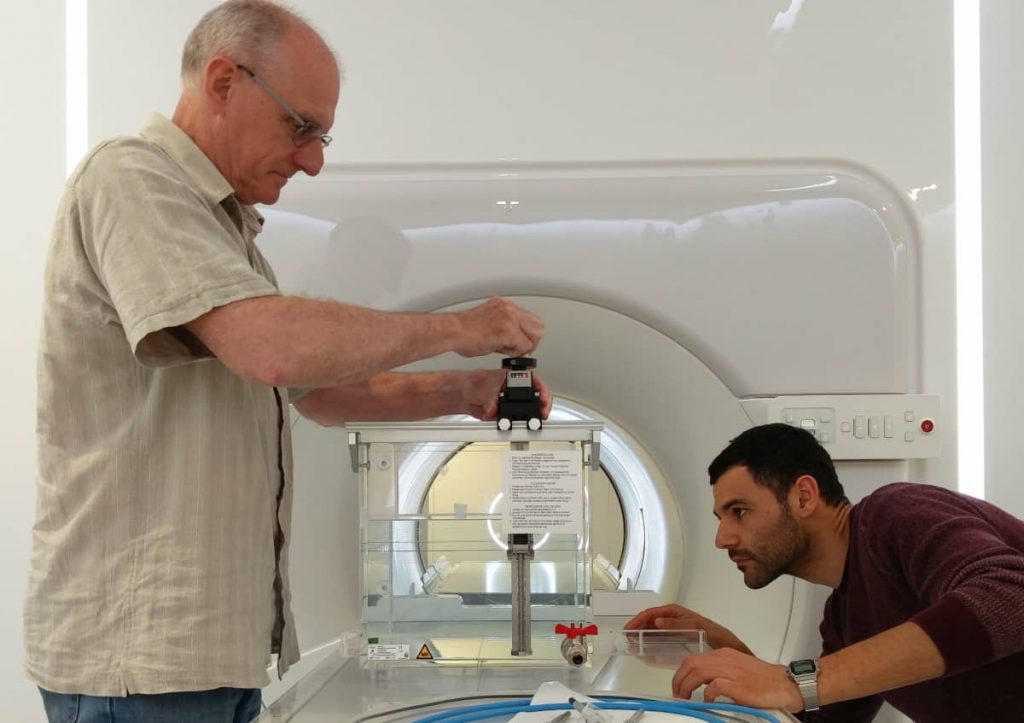
Radiation dosimetry is the measurement, computation, and assessment of absorbed doses, as well as the assignment of such doses to persons. It is the science and practise that aims to quantitatively tie particular radiation field measurements to chemical and/or biological changes in a target. Because there are two forms of radiation exposure, exterior and internal exposure, centro de dosimetría radiológica can also be classified as:
External Dosimetry
External exposure is radiation that originates from outside our bodies and interacts with us. In this scenario, we focus on gamma ray and beta particle exposure because alpha particles, in general, provide no external exposure risk because they do not penetrate through skin.
Because photons and beta interact by electromagnetic interactions whereas neutrons engage via nuclear forces, their detection methods and dosimetry are vastly different. A source of radiation can be a piece of equipment that emits radiation, such as a container containing radioactive materials or an x-ray machine. External dosimetry is based on measurements taken with a dosimeter or extrapolated from data taken with other radiation protection tools.

Internal Dosimetry
Internal exposure occurs when the source of radiation is within our body. Absorption of radioactive material can occur via a variety of routes, including ingestion of radioactive contamination in food or beverages.
Internal exposure protection is more challenging. Most centro de dosimetría radiológica will give you far more radiation if they can enter your body than if they stay outside. Internal dosimetry evaluation is based on a range of monitoring, bio-assay, and radiation imaging approaches.
A dosimeter is a radiological odometer
This is where dosimeters come in. Dosimeters are analogous to automobile Odometers. They are ineffective for determining the strength of a field, but they are excellent at determining the amount of cumulative exposure they have over time. Inside the tube body is a crystal element with a filament connected.
On one end of the tube is a tiny metal charging point, and on the other is a lens. The form of the crystal is altered by an electric charge. When you hold the charging tip up to the light while gazing into the lens, you will see a chart and the filament. A complete charge of energy will align the filament with the 0 on the chart if the crystal is properly calibrated. When the pencil dosimeter is subjected to ionising radiation, the radiation knocks electrons off the crystal, causing it to lose charge and return to its former shape. This causes the filament to move and shows you how much cumulative exposure you have.